Power to indigenous peoples: How reconciliation is key to unlocking the full potential of the battery sector
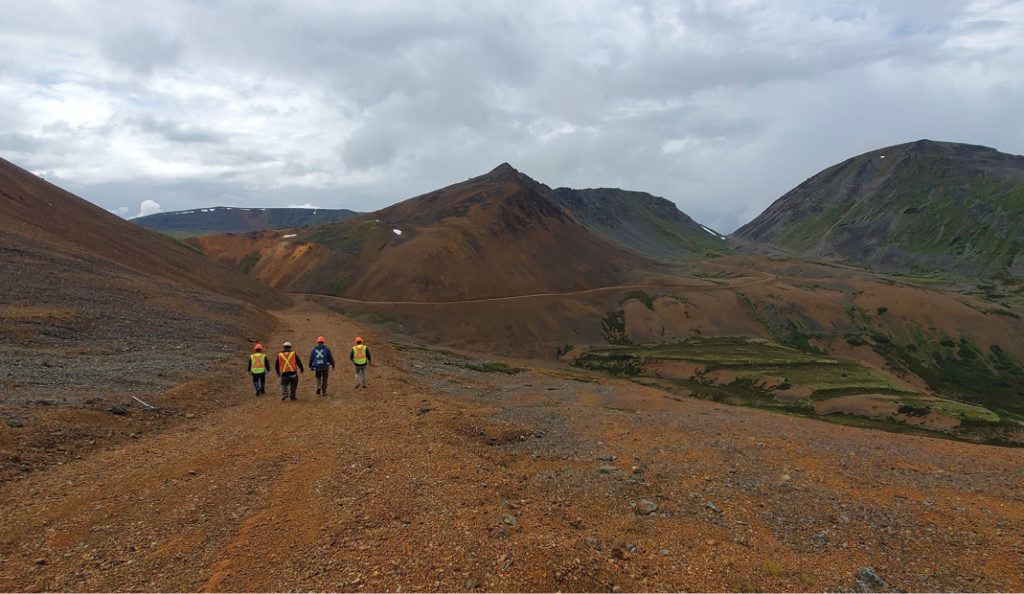
Canada has a long history of mineral discoveries and production, there are about 200 mines in the country today, producing over 60 different minerals. Some are new mines but most have been around for decades, and some, in the established centres of Timmins, Sudbury, Val D’or, Labrador and B.C.’s Cariboo, much longer than that.
Globally, Canada is one of the most active jurisdictions in financing, prospecting, building and operating mining projects in over 100 different countries. Our ecosystem of geological talent, mining expertise, financial and legal strength, environmental stewardship knowledge, Indigenous participation and engagement experience, and respected academic institutions make the entire country a ‘Centre of Excellence’ for many aspects of mining. This is not something we need to create, it is something we have today – and is, we would argue, unparalleled in the world.
Canada has a rich and growing Indigenous population whose peoples have been here since time immemorial and whose territory covers the landscape of the country. These lands, some of which are part of historical or modern treaties, and are identified as traditional territories, also contain the majority of both known and yet to be discovered mines and minerals.
Canada is one of the few nations in the world to adopt, in legislation, at both the national level and in some provinces, the United Nations Declaration on the Rights of Indigenous Peoples (UNDRIP). Incorporating policies such as free, prior and informed consent (FPIC) along with enhanced obligations by government and industry to consult and engage in a meaningful way, Indigenous communities are having a greater and greater level of influence over how and whether mineral exploration and mining projects proceed.
So, that is our starting point in this discussion: A rich history of mineral discovery and development, a country with extraordinary future mineral development potential, a significant Indigenous influence and presence across the entire country, and an evolving area of law and public policy. Including expectations with respect to what constitutes a respectful relationship between a resource company and Indigenous communities and nations.
Economic reconciliation
So, what is it that we mean when we discuss the idea of economic reconciliation between the resource sector and Indigenous Peoples? A useful starting point is to refer to the definition of reconciliation as defined by the Canadian Truth and Reconciliation Commission (TRC) in their 2015 final report:
“Reconciliation is about establishing and maintaining a mutually respectful relationship between Aboriginal and non-
Aboriginal peoples in this country. In order for that to happen, there has to be awareness of the past, acknowledgement of the harm that has been inflicted, atonement for the causes, and action to change behaviour.”
As with the negative consequences of such policies as Canada’s residential school system, there has been harm inflicted on Indigenous peoples from the exploitation of natural resources –
without, in many cases, any material benefits coming back to them. And these have often been the same people who endured the most harm through environmental destruction, loss of livelihood, cultural and community displacement, and the legacies of scarred landscapes or waterways. Basically, they were enduring all the risk and harm and receiving none of the benefits.
Economic reconciliation is about acknowledging this past and the harm that has come from it, atoning for the causes, and taking concrete steps to change behaviour. This includes recognizing Indigenous rights, ensuring prior and informed consent, collaborating and shared decision-making, sharing of benefits, and equity participation.
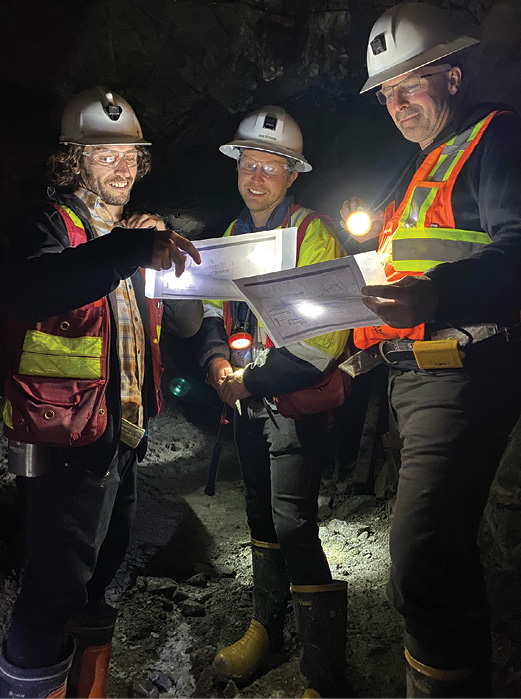
Opportunity of increased demand for battery metals
With economic reconciliation in mind then, let’s consider the future opportunity of mining and in particular the increased demand associated with so called ‘battery metals’.
The global mining and minerals market is expected to reach a value of $2.4 trillion in 2025, with a compound annual growth rate (CAGR) of 7%.1
Further, as noted by the editorial board of Mineral Choices, “Population growth, urbanization, and consumerism, coupled with the urgent need to decarbonize has triggered a dramatic surge in the demand for minerals.”2
Consider the opportunities associated with electric cars and battery manufacturing, for example.
The total global fleet of vehicles on the road is predicted to rise from 1.2 billion in 2020 to 1.4 billion in 2040. From the perspective of electric vehicles (EV), over that same period, the EV percentage of that is expected to grow from 8% today to 32%3 which equates to a total of 448 million electric vehicles in the next 19 years. With that, the demand for batteries and the elements used in making them will increase exponentially.

As a country, as governments, and as the professionals that make up the industry, we know how to discover, build, finance and operate mines that are economically viable, protect the environment and contribute to the well-being of communities. We increasingly understand the need for reconciliation and can be proud that the Canadian mining sector boasts many examples of Indigenous communities and companies working together and creating sustainable enterprises and value. And we have a knowledgeable and highly skilled workforce that can both extract the minerals from the ground and turn them into value-added products that the world needs.
To do that though and to realize the full potential that is before us, Indigenous Peoples must be at the decision making table with industry and government defining a sustainable path forward. One that respects Indigenous ways of life and culture, legal rights, the environment, and the interest of future generations.
There is an extraordinary opportunity here to translate our existing assets and expertise into future success in a world that is both hungry for minerals and committed to a low-carbon path.
Michael McPhie, M.Sc., QEP, Co-Chair and Founding Partner, Falkirk.
Christy Smith, B.NS., MBA, Partner and Vice President, Indigenous and Stakeholder Relations, Falkirk.
1 Mining Global Market Report 2021: COVID-19 Impact and Recovery to 2030; Research and Markets, January 2021.
2 https://mineral-choices.com/about/
3 Bloomberg New Energy Finance, Electric Vehicle Outlook 2020. https://about.bnef.com/electric-vehicle-outlook/

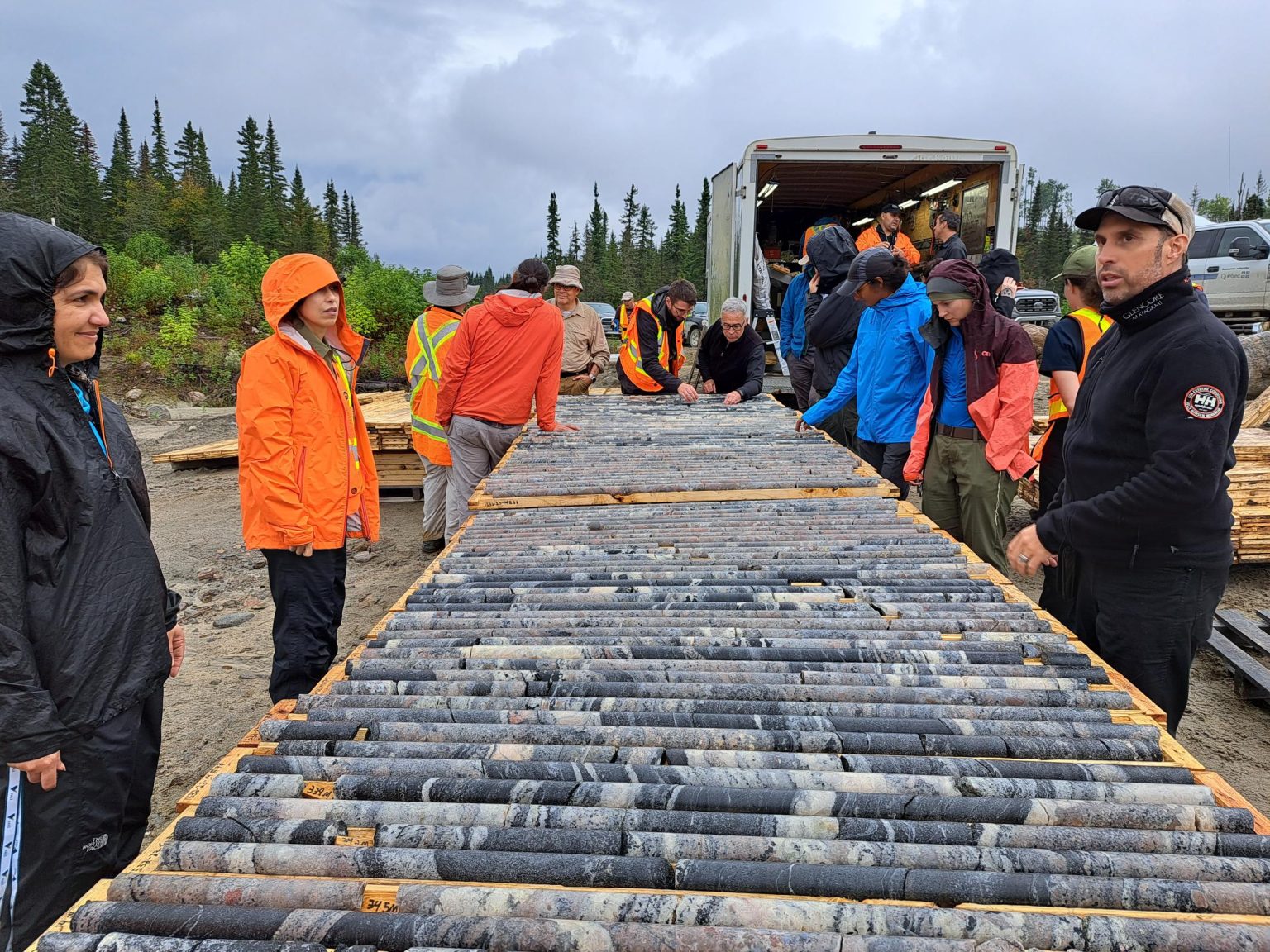
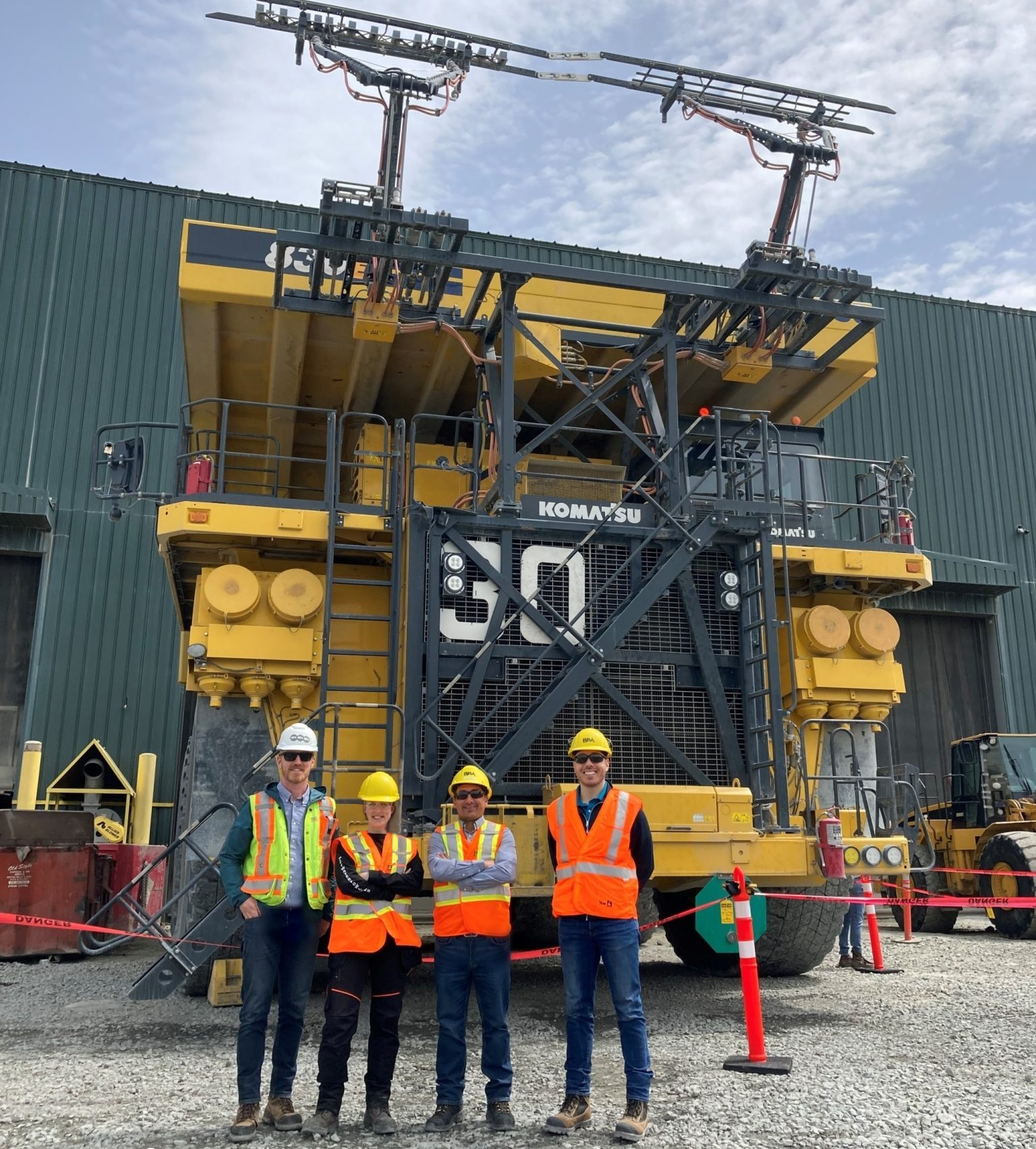
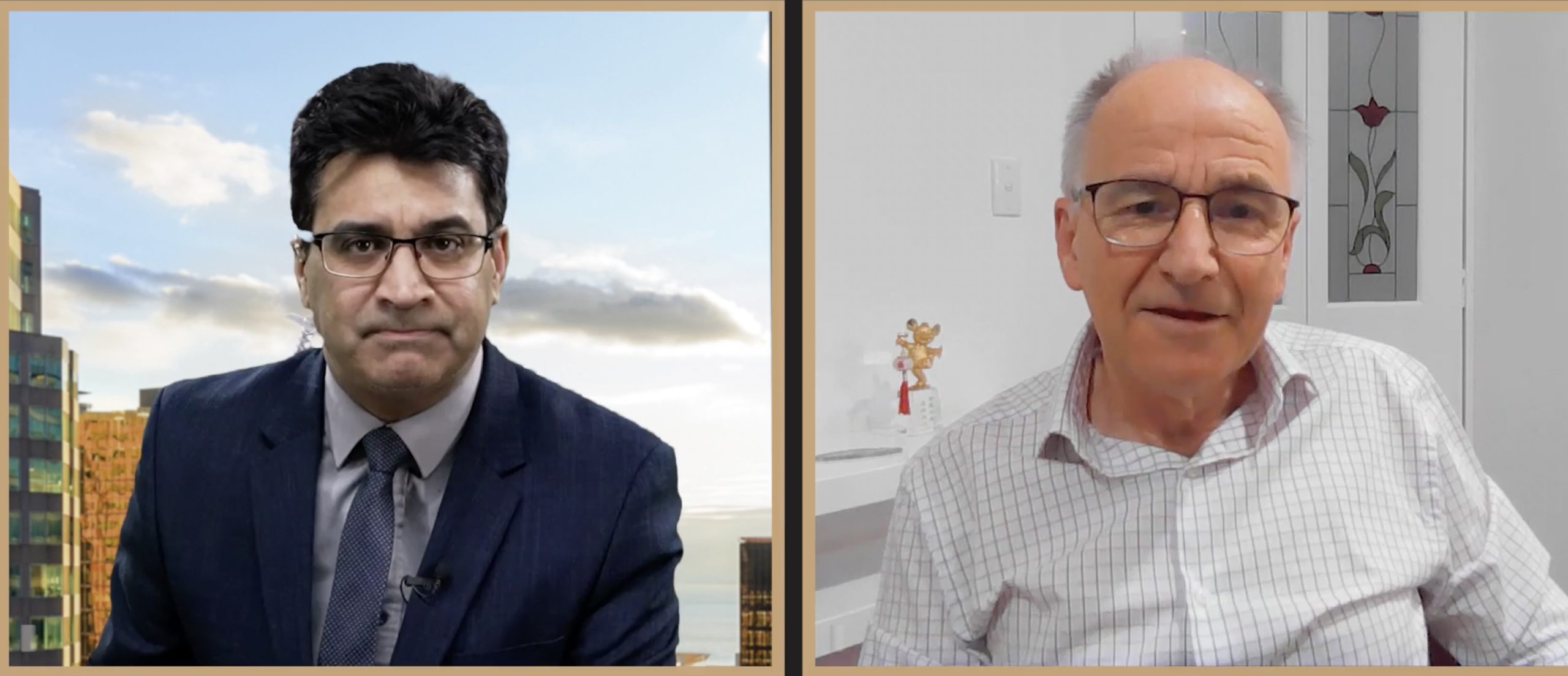
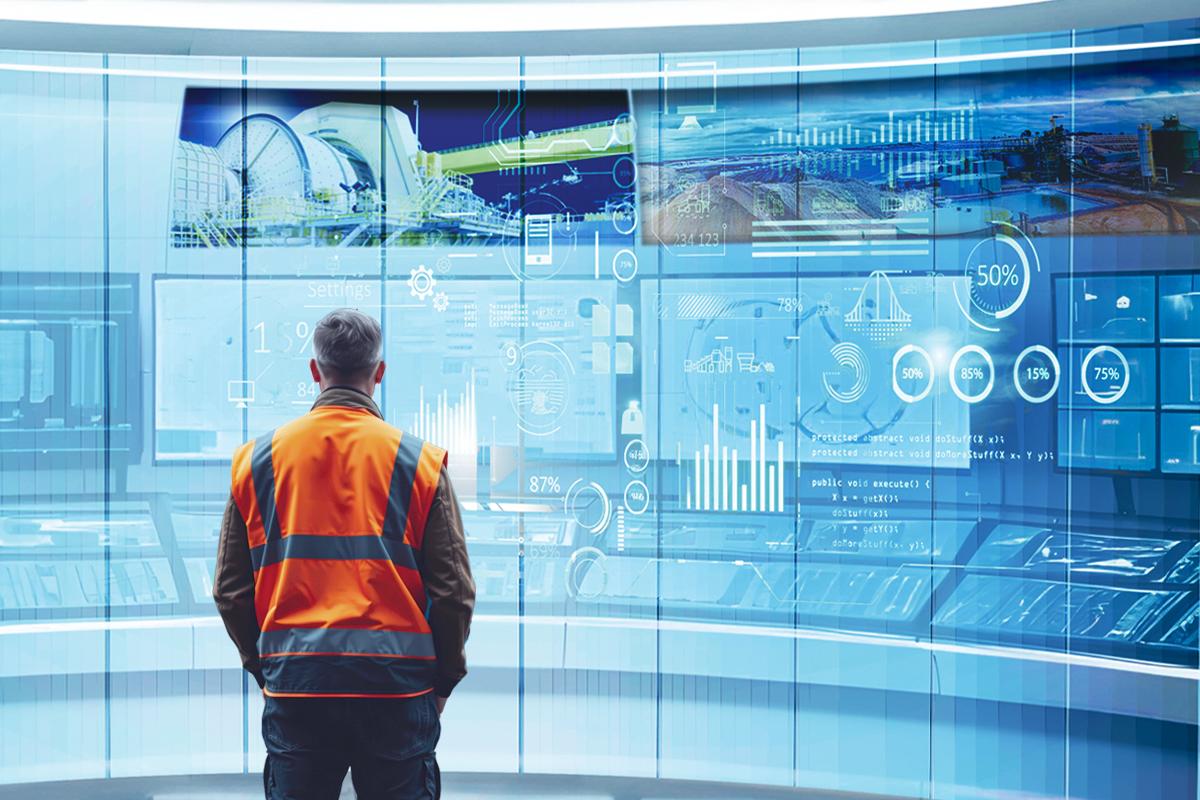
Comments